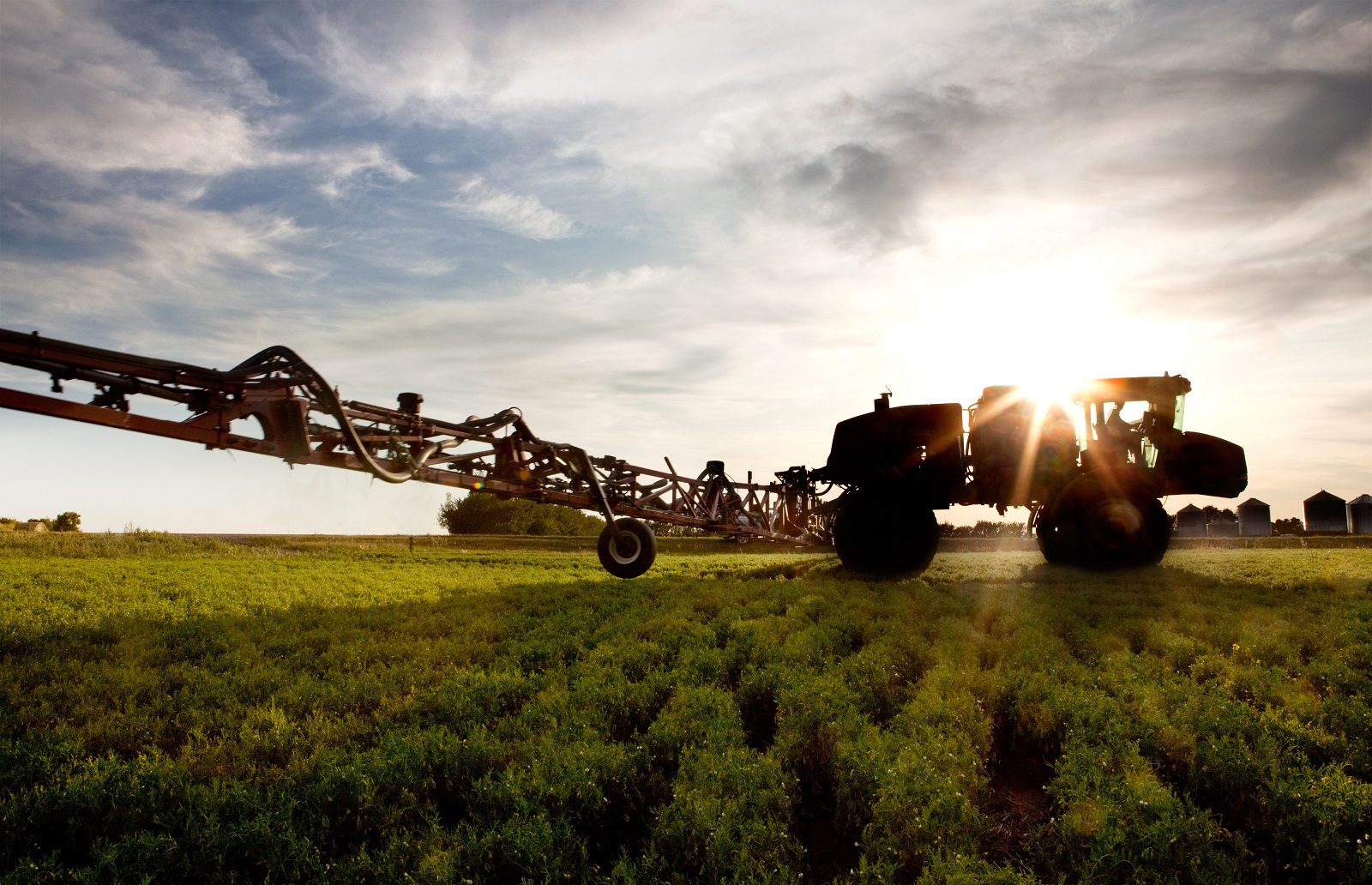ISOBUS Sequence Control, as defined in ISO 11783 – part 14, provides the ability for a tractor to record and perform a sequence of actions within either the tractor or its attached implements. The value to the operator is that he can activate a sequence of steps via one button press or action step. Usually, the sequence of steps would occur at the headland of the field. Sequence control simplifies the actions required of the operator at the headland and allows the operator to concentrate on positioning the tractor and implement for another pass through the field. Sequence control also eliminates forgotten steps that can happen near the end of a long day in the field.
The sequence control system consists of a sequence control master (SCM) and one or more sequence control clients (SCC). The SCM as the name suggests, calls the shots in the system. It allows the operator to create a sequence of steps either through an editor or by recording the actions the operator performs, similar to recording a macro within a computer program. The SCC performs the actions when told to by the SCM or when the operator activates a control and reports or confirms the actions to the SCM. The ISO 11783 – part 14 specification describes in more detail the expectations of the master and client and how they are to communicate and respond to each other.
ISO 11783 – part 14 allows agricultural machinery owners to have colorblind implements that work in unison with the tractors to which they are connected. Like the entire ISOBUS realm, sequence control is brand independent and operates on a common foundation that allows communication between all brands of ISOBUS enabled equipment. Sequence Control is the most recently added section to the ISOBUS specification, which covers several areas of agricultural equipment interconnectivity. You can learn more about ISOBUS in general here.


